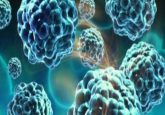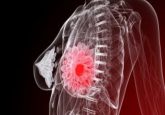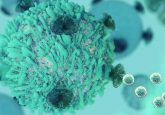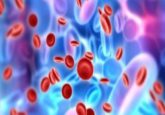Exposure to nicotine and carcinogenic nitrosamine NNK higher in smokeless tobacco users than in cigarette smokers

According to research published recently in Cancer Epidemiology, Biomarkers & Prevention, higher levels of biomarkers of exposure to nicotine and nitrosamine NNK (a carcinogenic toxicant found in tobacco) were seen in US adults who only used smokeless tobacco products compared with those adults who only used cigarettes.
“Even though smokeless tobacco is used less than cigarettes, it continues to be used among several population groups, particularly men and young people, which is a cause for concern because it has been found to have several adverse health effects and identified as a cause of cancer,” commented Brian Rostron, an epidemiologist in the Center for Tobacco Products at the US FDA. “Previous small studies have found high levels of toxic constituents including carcinogens in smokeless tobacco users, but analyses of nationally representative data have been generally lacking to date.”
“Our analysis of data from NHANES [National Health and Nutrition and Examination Survey], a large, nationally representative study of US health behaviors and outcomes, generated results consistent with those from previous smaller studies,” Rostron continued. “Levels of biomarkers of exposure to nicotine and the cancer-causing tobacco constituent NNK were higher among exclusive smokeless tobacco users than exclusive cigarette smokers. This continues to put smokeless tobacco users at risk for adverse health effects, including cancer.”
Rostron and collaborators analyzed data from 23,684 adults who participated in NHANES from 1999 to 2012. They categorized the individuals into four groups (16,313 non-tobacco users, 488 exclusive smokeless tobacco users, 6791 exclusive cigarette smokers and 92 dual cigarette and smokeless tobacco users) and examined the biomarkers of exposure to seven different tobacco constituents, including nicotine and NNK.
The study demonstrated that exclusive smokeless tobacco users had higher geometric mean serum levels of cotinine, the biomarker of nicotine exposure, than exclusive cigarette smokers. In addition, exclusive smokeless tobacco users also had higher geometric mean urine levels of 4-(methylnitrosamino)-1-(3-pyridyl)-1-butanol (NNAL), the biomarker of NNK exposure.
“Our findings demonstrate the need for continuing study of the toxic constituents of smokeless tobacco as well as their health effects on the individuals who use them,” stated Rostron. “This is why the FDA and CDC are continuing to analyze and monitor biomarker levels among tobacco users and why the FDA and NIH are collaborating on the Population Assessment of Tobacco and Health [PATH] Study, a large longitudinal study in which biospecimens such as blood and urine have been collected.”
Rostron warned that, as NHANES is a general health survey, there are data missing with regard to the specific type and quantity of smokeless tobacco product used, as well as on the duration or former use of smokeless tobacco products. He concluded that more specific analyses of tobacco use and harm will be enabled by the PATH Study data.
Source: American Association for Cancer Research press release





